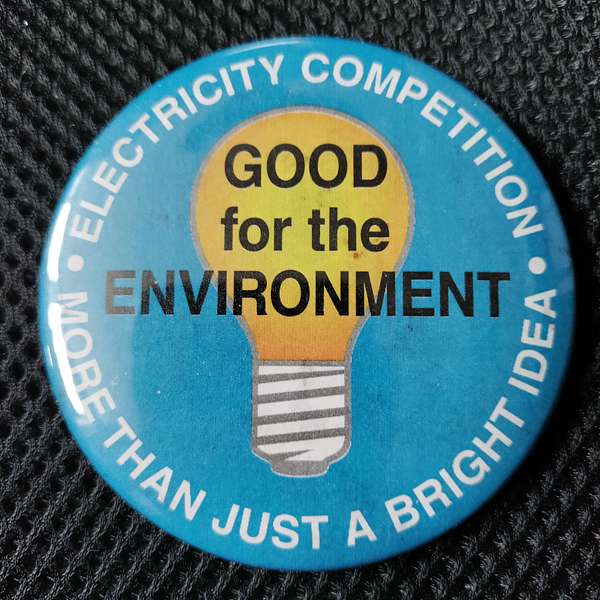
The Energy Markets Podcast
The Energy Markets Podcast
S3E6: Economist Tim Schittekatte discusses his working paper on the benefits of time-of-use and critical peak pricing in retail electricity rates
MIT economist Tim Schittekatte (tsgee-teh-kah-tuh) details his recent working paper, Electricity Rate Design in a Decarbonizing Economy: An analysis of time-of-use and critical peak pricing. Two of his co-authors are lions of energy economics, MIT economists Paul Joskow and Richard Schmalensee. The paper finds that a combination of time-of-use (TOU) and critical peak pricing (CPP) at retail can approximate the price signals electricity consumers would otherwise get from the competitive wholesale power markets.
Twenty years ago, price-responsive demand was supposed to be a major benefit of electricity restructuring at retail. But beyond the more sophisticated commercial and industrial large end-users, it has been frustratingly elusive to have effective demand response. The MIT working paper provides an avenue to approximate the market forces of the stated first-best option in which electricity consumers respond to actual prices in the marketplace. The paper's second-best option, a combination of TOU and CPP pricing, provides about two-thirds of the price responsiveness available from the first-best option, and could be implemented by state regulators regardless of the state's retail market design.
Smarter rate design also provides an avenue for capturing more value from the buildup of smart meters over the last decade and a half, the capabilities of which have been vastly underutilized. Schittekatte and his co-authors note that "only a small fraction of these meters are presently being used to support more effective retail rates."
In their commentary on the working paper, Schittekatte and his co-authors propose their rate framework to address the problem that only 7.3% of U.S. consumers are enrolled in a rate plan alternative to the prevailing flat price charged for electricity 24 hours a day, seven days a week, regardless of the price volatility and operational stresses of the wholesale bulk power markets. The problem is also widespread around the world in countries with competitive wholesale electricity markets, the economist notes.
This disconnect between the flat retail price electricity consumers see and the widely fluctuating prices in the wholesale market discourages electrification, Schittekatte and his co-authors say, calling for "urgent action to reform retail electricity rates so that they that encourage, rather than work against, cost-efficient electrification while not ignoring considerations related to equity, complexity, consumer acceptability, and the recovery of reasonable costs incurred by utilities. We do not propose a single optimal solution for all situations, but rather we have identified particularly promising directions of reform."
Schittekatte also sees the paper's alternative to flat rates as an answer to the "backlash" that occurs when retail electricity prices suddenly increase causing consumer concerns and prompting politicians and regulators to intervene in markets. As examples, he cites Texas in the U.S. and Spain in the EU. "They don't understand what goes on because that volatility is unseen compared to other markets and politicians get very, very [unrested] and they do market intervention," he says.
The EU economist also sees a role for demand response to play in tempering the need for investments in the network expansions, particularly distribution, necessary to accommodate electrification of home heating and transportation. "We’ve got to invest in networks, but please, don't excessively invest in networks."